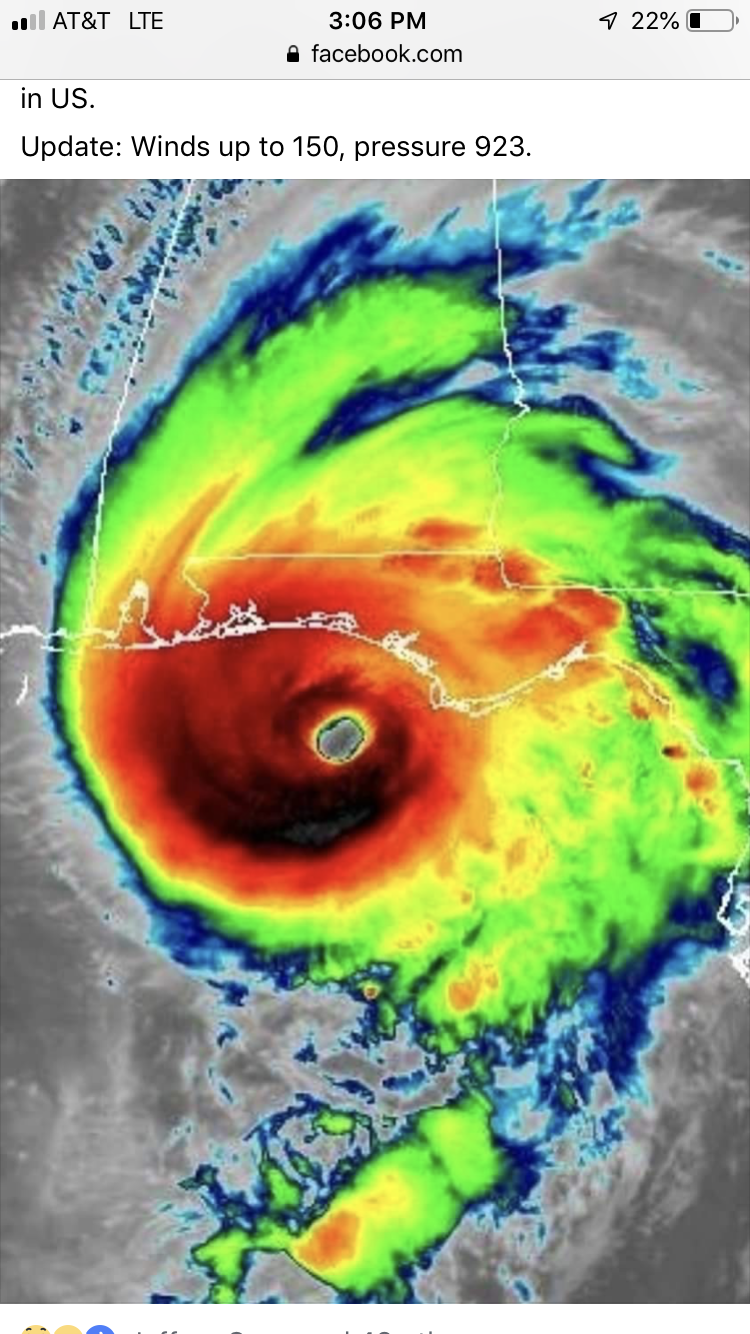The large discrepancy between all the models is indicative of how uncertain things are. Pattern is fragile with a lot of moving parts, any one of them could be on to something as we do not know what the outcome will be. How ever the model initializes the moving parts is the eventual outcome. Complexity of a Miller B. From climo, they are usually not too favorable for the Mid Atlantic, more so the Northeast and we are seeing those trends. Fact is, the 500 trough and upper low are not all that impressive until later in the game.

